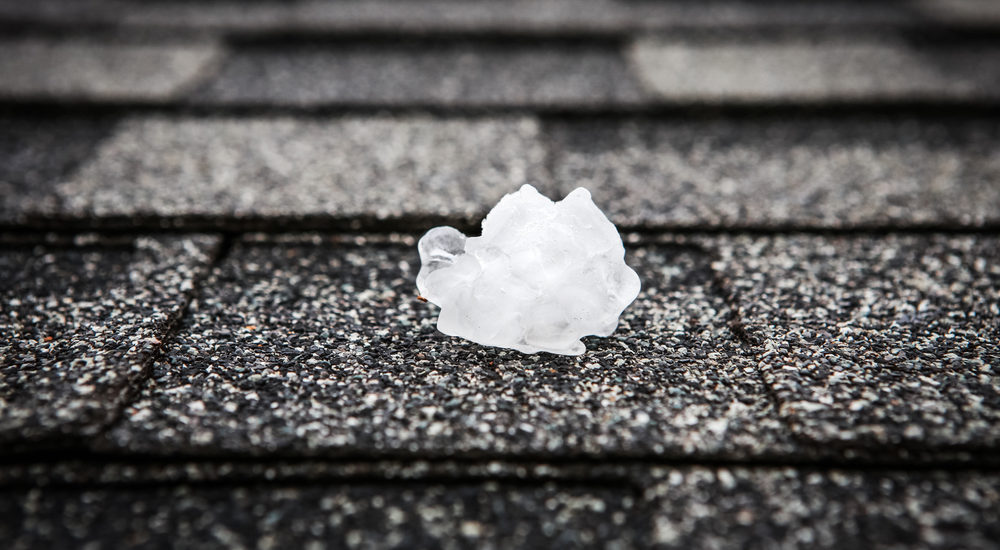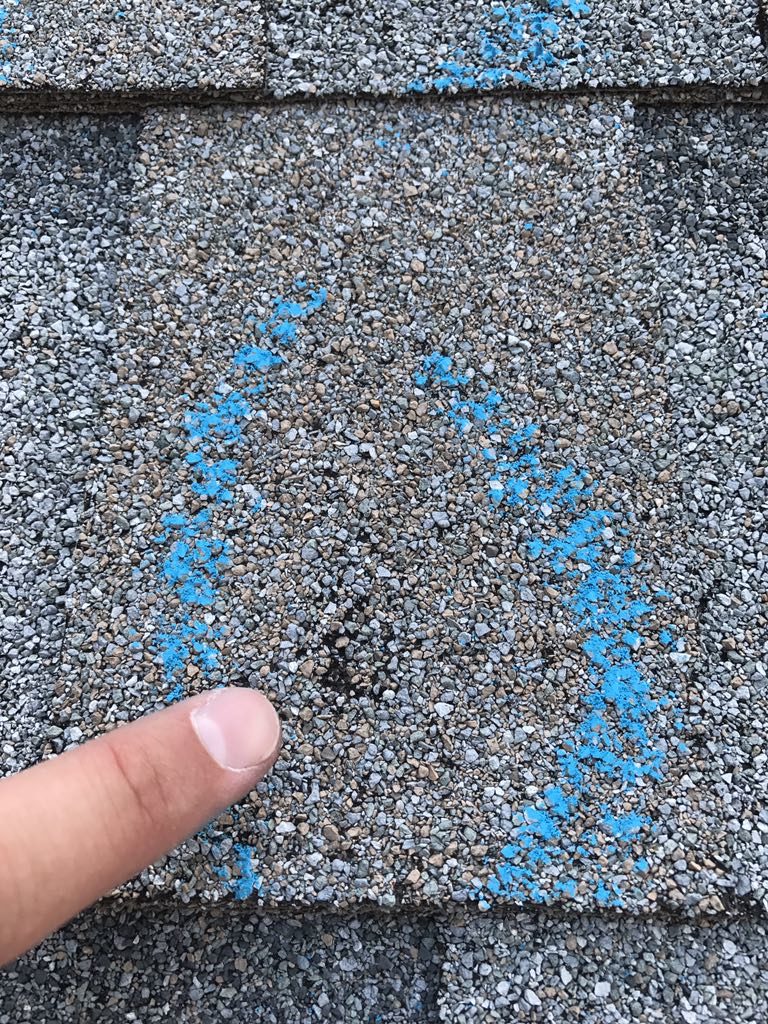
How Does Hail Form?
Roofing companies thrive off hail storms. We wanted to explain how hail is formed and what dictates the size of this weather phenomenon.
Hail needs the elements of warmth, moisture, and updraft/winds to form. Here is a better understanding of what causes it.
How is Hail Formed?
It’s crazy to think that hail comes when the air temperature is warm. When you understand how hail is formed, though, it makes a lot more sense.
Hail is often formed during a thunderstorm which occurs around Spring to Summer in most regions. When the water droplets are caught in an updraft, it’s propelled to freezing elevations. Up in the air, the moisture turns into ice and absorbs more water around it.
Eventually, gravity will take over and the weight of the hail piece becomes too much so it much releases back into the ground. (Sometimes, though, another updraft may cause it to rise again and accumulate more moisture)
How Are Different Sizes of Hail Formed?
Hail is often compared from “pea-sized” to “golf ball sized” and beyond. This is dependent upon the speed and force of the updraft. According to the National Weather Service, it takes about 24 MPH wind speeds in an updraft to produce pea-sized hail, 40 MPH for dime-sized hail, 64 MPH for golf ball sized, and 103 MPH for Softball sized hail. (103 MPH is equivalent to EF-1 Tornado speeds)
What happens is that the wind speed is able to hold the moisture (and consequently hail) suspended up in the air while it gains size. When it reaches a size and weight that the wind speed can no longer hold, it’ll eventually fall back down to Earth.
How Does Hail Damage Your Roof?
The level of elevation is usually around 30,000 feet where the altitude is cold enough to form hail. From there, the updraft speed determines how big the hail will actually be as mentioned above.
Depending on the size of the hail, it can come down anywhere from 20 MPH (small hail) upwards of 100 MPH+- this is referring to the large, dense pieces of hail.
So which size of hail would cause damage to your roof, siding, and windows?
As roofing contractors, we typically see damage come from hail that is about dime-sized and beyond. Below is an example of hail damage on a roof we have inspected:

To an untrained eye, a few pieces of granules missing from a shingle may not be concerning. We discussed here why even slight, seemingly insignificant dings in your shingle actually warrant a roof replacement.
The shingle becomes compromised and the integrity is no longer the same. Your roof and consequently home is at a greater risk for water seeping through the surface.
We also mentioned here that it’s unsafe for homeowners to try to climb their own roofs to do the inspection. In fact, most roofing companies offer free inspections so why take the risk?
Summary
With hail season quickly approaching us in 2019 please Mutual Roofing in mind when it comes to hail damage repair. We are trained how to spot hail damage and work with your insurance carrier to process your claim.
Call us for a FREE Roof Inspection if you’re concerned with your roof- (402) 889-3381.